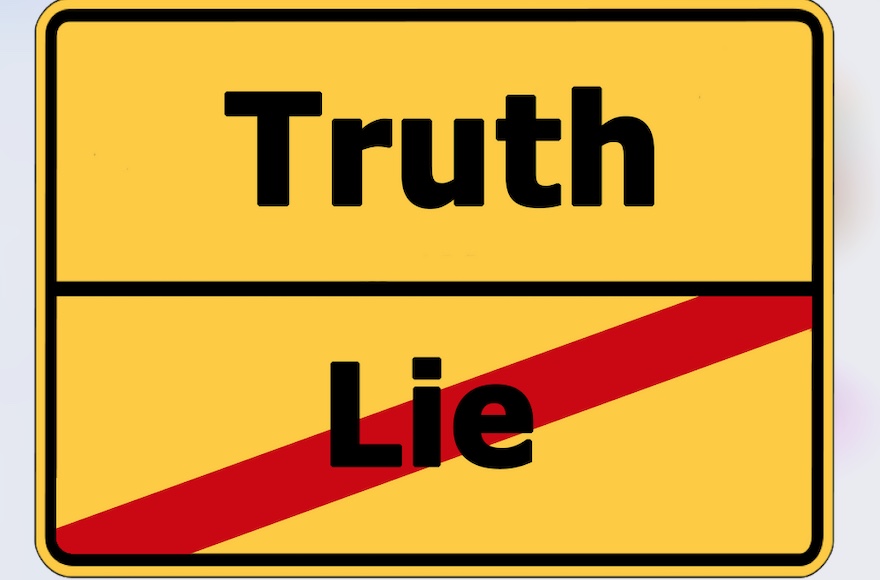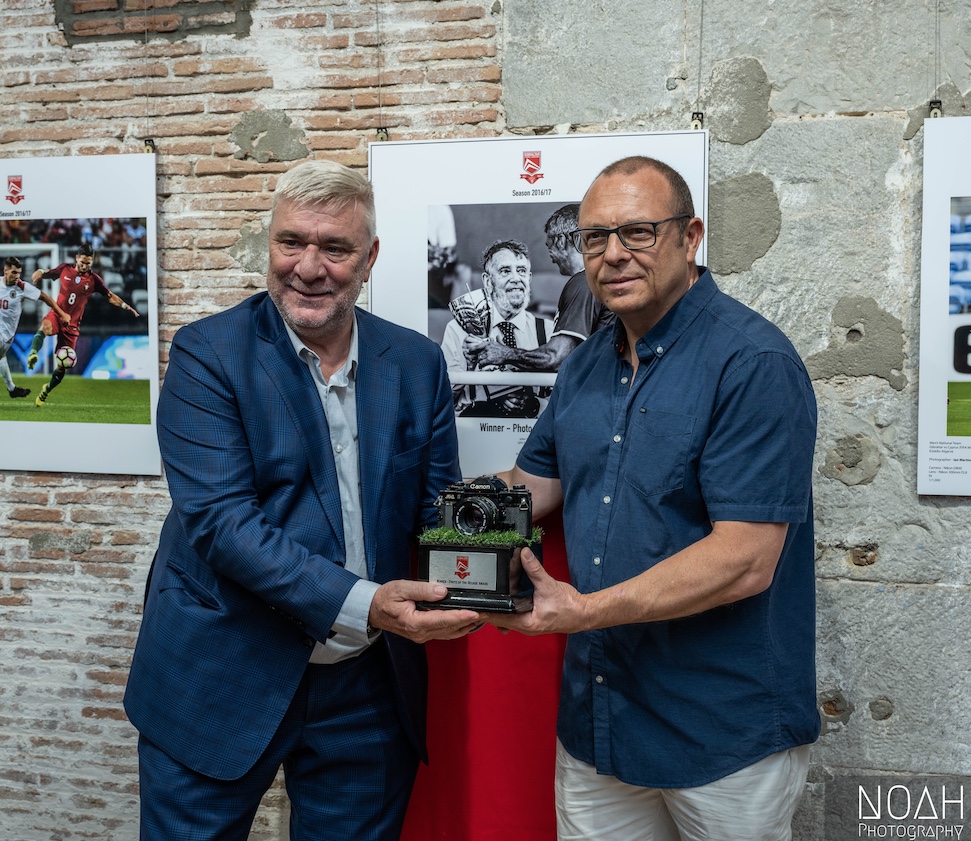Honesty | Radical
“When you tell a lie, you steal someone’s right to the truth”
Khaled Hosseini, The Kite Runner
Have you said ‘yes’ recently when you really wanted to say ‘no’? Agreed to do something that just felt wrong because you didn’t want to let someone down? I know that I have and the repercussions came home to roost and I found myself saying, “I knew I shouldn’t have gone ahead with that!”
Honesty implies a refusal to lie, steal or deceive in any way. Honour suggests an anxious regard for the standard of one’s profession, calling or position. Integrity implies trustworthiness and incorruptibility to a degree that one is incapable of being false to a trust, responsibility or promise.
“I can only tell the truth that is my truth at the moment. We don’t have to agree with each other about how things are. We just have to listen to each other and get how things are for each other, now.” Dr Brad Blanton.
Radical honesty requires mental deep cleaning. And just like cleaning your house, the result is well worth the process.
Fundamentally, we all wish to be known and accepted for who we are. Sadly, most people don’t know who they are so seek recognition and validation elsewhere. When we don’t find it within, we seek it from without. In other words, when we don’t find it inside ourselves, we seek it from outside of ourselves … which means we are ‘without’. Without what? Without authenticity. Honesty is truth and truth is authenticity.
The main components to honesty are. Transparency, Authenticity and Vulnerability.
Transparency leads to trust because it serves as a window into the inner workings of another person. The window to the soul.
Without transparency, we are left in the dark to make up the truth about what is happening or what the other person is thinking. And, we can be sure to get that wrong!
The quickest way to build trust is through transparency.
With transparency, problems are exposed and solved faster and people are more easily and honestly connected because they are operating with the same information, allowing the relationship to deepen and develop more quickly which brings greater closeness.
Authenticity is about remaining true to what we believe in. It is about being approachable and showing up consistently in all circumstances. We have many different ‘selves’ and we evolve in every new role so we must ask what is our core self and how can we remain true to it? Is it possible to always align what we feel with what we say and do?
As relationships grow and change, we may find ourselves facing a forced change of values. Therefore, we have to closely examine our core values and decide if we are willing to change what they stand for (given that we are clear about that in the first place). Remaining authentic requires conscious effort, especially as relationships grow and challenge us.
Vulnerability is about sharing our fears and setbacks, particularly when we are facing difficulties. Not to gain sympathy, but to open up to greater connection and relatability and to feel safe in doing so.
If we want to enjoy strong emotional connection and experience mutual caring and respect, then vulnerability is essential.
When we choose honesty, it starts with ourselves. It starts with going within which is no easy task. We are so conditioned into lying to ourselves that it takes commitment and almost obsessive introspection to get to the truth of our daily little lies. Our daily little inauthenticites. How many times today have I
not spoken up? How many times have I said yes (to be polite and not hurt another’s feelings) when my truth was no? This simple, recurring act brings a lie into the situation and creates an atmosphere of dishonesty. It often seems so much easier to just tell a (little white) lie and say ok but how many times do we do it in a day and then all these little lies join up and become pervasive of our energy. Without being harsh on others, it is essential that we learn to ‘just say no’.
We live in a world ruled by dishonesty. We are bombarded and brainwashed by dishonest rulers who have only their own interests at heart. The world we live in would be a much better place if people just said no instead of yes, every day.
Our very sense of self is being gaslit by a plague of narcissism and our sense of reality is being challenged every day. I believe that it is essential, for our survival as a species, that we delve deep inside ourselves and find our authenticity and sense of self-worth.
As we know, we are spiritual beings living in material bodies and we must hold to this truth. Dark energies have always been sneaking around but we are being manipulated by them now more than ever and we must reclaim our spiritual strength if we want to live from our hearts. We can do this by starting out with a simple ‘no’. No thankyou, I do not want another coffee. No thankyou, I do not want a slice of cream cake. No thankyou, I do not want to go out tonight. Or just ‘no thankyou, I don’t want to .. (fill in the blank).. as it just doesn’t feel right’.
Be gentle with yourself as you would with a child. Encourage yourself to be honest in the little ways and acknowledge yourself generously when you do so. That way it will grow. Your quality of life and those around you, will grow positively and the ripple effect will spread further than you can possibly imagine! Speak your truth – it matters!
Kate Mchardy MA(Hons) PGCE MSPH.
Spiritual coach, teacher and healer.
The University of Light Group
www.thehealingretreat.net
katemch@gmail.com • +44 7712889534





















